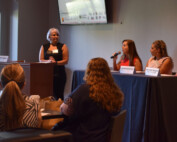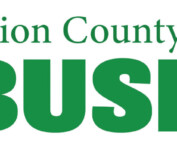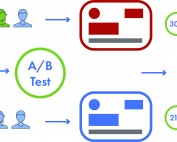This post was originally written in 2015 and has been updated in Fall 2018.
When designing a municipal website, think about your residents, business owners and visitors
User experience is critical for all websites, not just municipal ones. While the average user may not take special notice of great design, he/she will immediately recognize when a municipal website gets it wrong. This is especially the case when residents can’t find what they’re looking for.
Municipal website visitors almost always have a very specific reason for being there. If left unfulfilled, the site will be closed in frustration and an annoyed phone call or email may be headed to the Clerk’s office or a post on social media.
Users can usually find information they’re looking for on alternate websites if a site they visit doesn’t do the job. However, this is not the case for residents looking for council meeting minutes, resolutions, recycling schedules, or permit information. There are few resources beyond an official town website that provide up-to-date, correct and official information about that town. If that website is not a viable source for this information, where else can a constituent turn? Perhaps even worse, the information might be available, but not easily found.
According to a 2011 study completed by the Monmouth University Polling Institute (MUPI), 6 in 10 residents in New Jersey say they’ve looked up information about their town on the internet. In the same study, MUPI ranked all New Jersey municipality websites using criteria in the following four categories for evaluation:
Information for citizens
Citizen interaction
Online government services
Social networking
MUPI also ranked sites according to their ease of use, which ties directly into the site’s interface design.
The top three sites were:
- Glen Rock Borough (Bergen County) – Overall Rank 18
- Manasquan Borough (Monmouth County) – Overall Rank 89
- West Long Branch Borough (Monmouth County) – Overall Rank 105
Many of these websites been updated since 2011. At the time, website appearance was not considered as important as structure of information and the ability to quickly access resources like municipal budget, permit information, recent news and trash pickup. These factors made the above sites top contenders on the list.
“Usability and the utility, not the visual design, determine the success or failure of a website.” – Smashing Magazine
The visual design should complement the information architecture and help achieve clarity and user satisfaction. Determine content (the “what”) and information architecture (the “where”)first, and then move on to the layout and graphics. Focusing on the visual design first could create issues down the road.
Some simple municipal website tips to keep in mind:
- Understand what your users are expecting
- Set and state clear goals
- Provide useful content
- Organize that content
- Be consistent
- Link related items
- Keep the navigation as simple and straightforward as possible (try not to have more than 7 items in your main menu!)
- Emphasize only the most important information (to emphasize everything is to de-emphasize critical information)
- Get feedback and test often
There’s more to UI/UX of municipal website design than mere aesthetics. Great design is a product of planning, patience and a true understanding of your user base.









